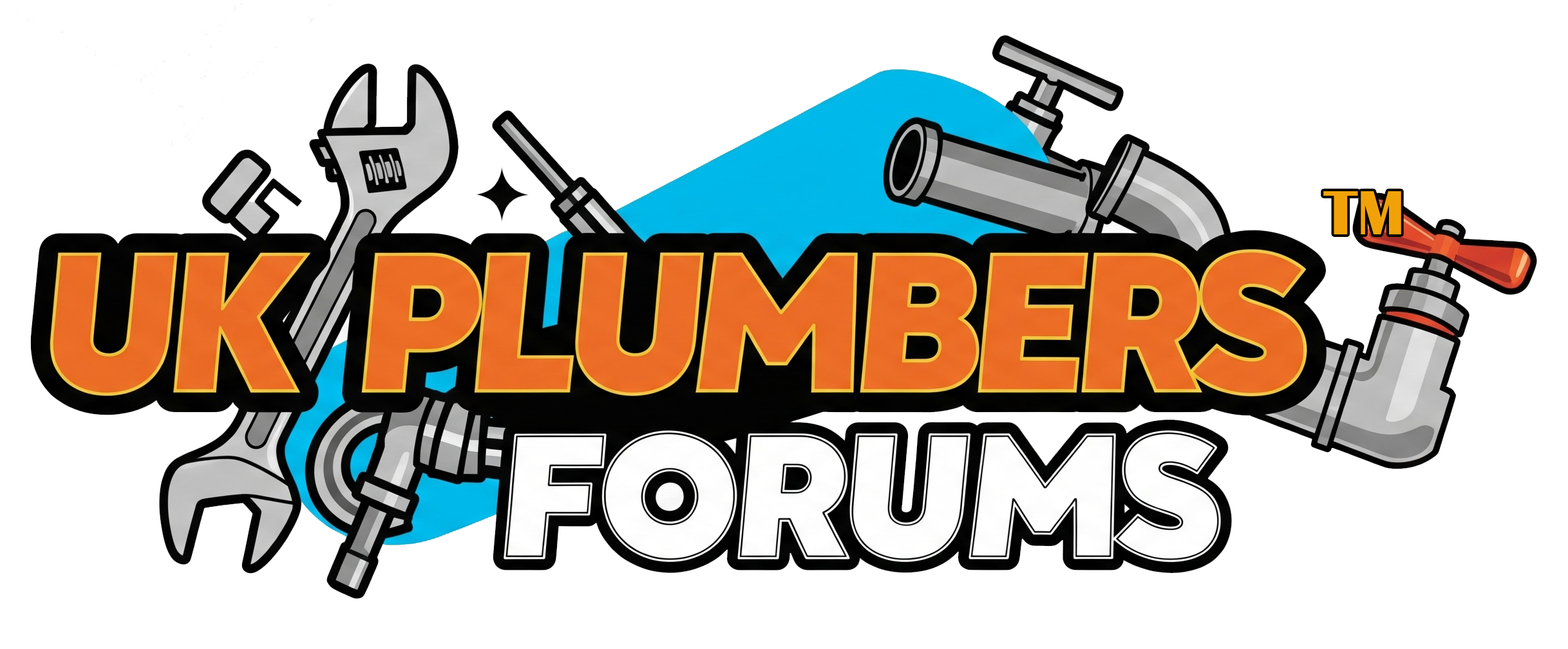Dear Forum readers,
I require some help on a issue that might have been covered before but like to bring it up with context to my current problem.
I had a new Rad fitted upstairs and at the same time TRV's installed on all rads except one in the house.
F+E tank was cleaned out. System drained down and sludge remover placed for 2wks then redrained, cleaned and filled with inhibitor.
It has now been a month but am continuously finding gurgling noises in my boiler and magnafilter when the HW or CH is turned on. Sometimes the boiler cuts out and needs a resetting from the overheating error and flow errors that are received. The boiler also shorts cycles very frequently (every 30s on/off when the HW is on, longer when CH/CW combo)
It is worse when the HW is on itself and when the CH is on too, trickling noises can be heard from several of the rads and I find that I have to air an upstairs rad nearly everyday. We also getting a knocking sound in lots of the rad whether boiler is on or hours later after cooling down.
I also noticed that the F+E tank looks murky again.
What really worries me is the gurgling noise that occurs when the boiler is on and when it turns off, there is gushing water sound into the magna filter.
It sound like air in the system but not sure how and where to get rid of it.
I have been told by a plumber that the piping is a little odd with the pump on the return side and that this could be the root cause of the air. However prior to this plumbing work, we had no air or noise issues at all. All rads were working very well, except the lounge which took longest to heat and cool at bottom. hence the callout of plumber to investigate this (sludge?) and installation of rad and valves.
We have a S-plan system, F+E tank, a cold water storage tank in the loft and a condensing boiler that is non-modulating.
Any help or advice is greatly welcomed! Thanks in advance!
I require some help on a issue that might have been covered before but like to bring it up with context to my current problem.
I had a new Rad fitted upstairs and at the same time TRV's installed on all rads except one in the house.
F+E tank was cleaned out. System drained down and sludge remover placed for 2wks then redrained, cleaned and filled with inhibitor.
It has now been a month but am continuously finding gurgling noises in my boiler and magnafilter when the HW or CH is turned on. Sometimes the boiler cuts out and needs a resetting from the overheating error and flow errors that are received. The boiler also shorts cycles very frequently (every 30s on/off when the HW is on, longer when CH/CW combo)
It is worse when the HW is on itself and when the CH is on too, trickling noises can be heard from several of the rads and I find that I have to air an upstairs rad nearly everyday. We also getting a knocking sound in lots of the rad whether boiler is on or hours later after cooling down.
I also noticed that the F+E tank looks murky again.
What really worries me is the gurgling noise that occurs when the boiler is on and when it turns off, there is gushing water sound into the magna filter.
It sound like air in the system but not sure how and where to get rid of it.
I have been told by a plumber that the piping is a little odd with the pump on the return side and that this could be the root cause of the air. However prior to this plumbing work, we had no air or noise issues at all. All rads were working very well, except the lounge which took longest to heat and cool at bottom. hence the callout of plumber to investigate this (sludge?) and installation of rad and valves.
We have a S-plan system, F+E tank, a cold water storage tank in the loft and a condensing boiler that is non-modulating.
Any help or advice is greatly welcomed! Thanks in advance!


